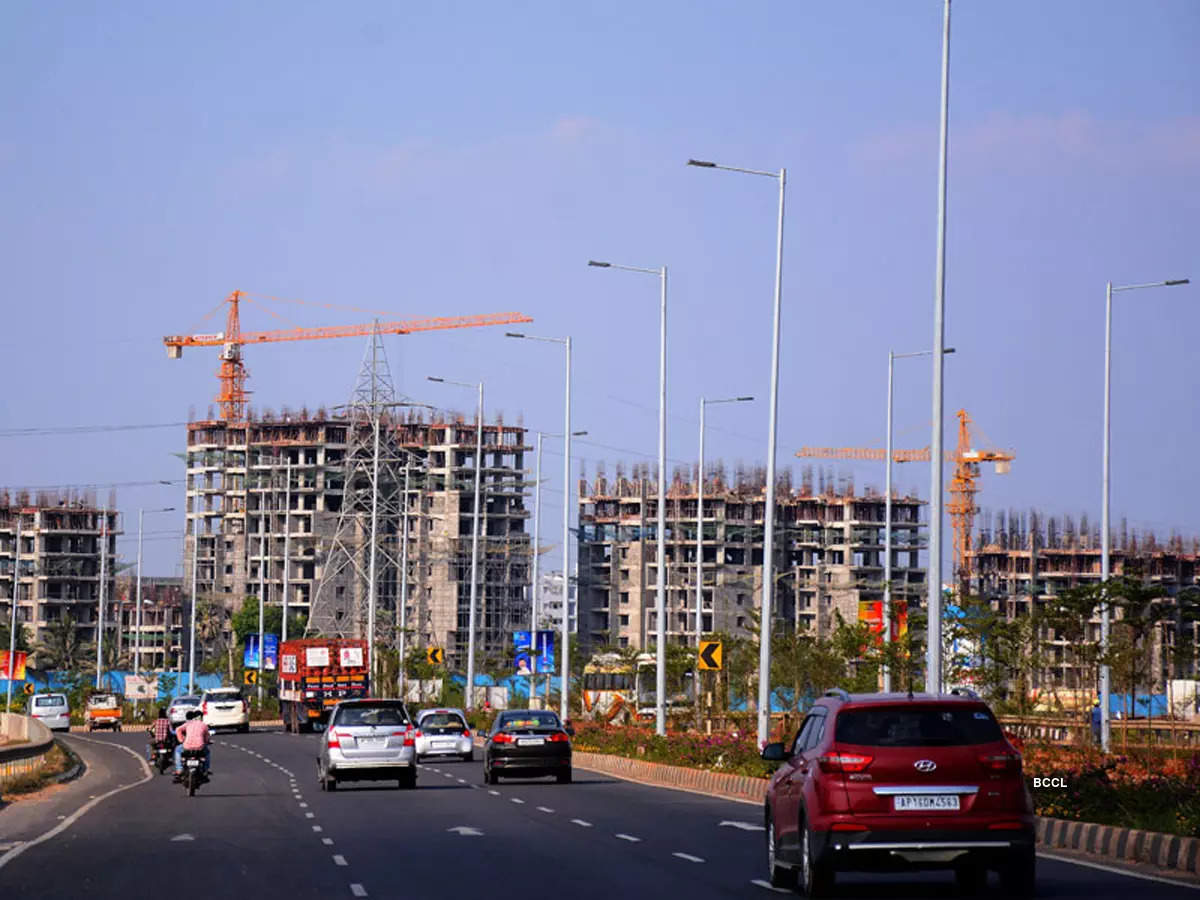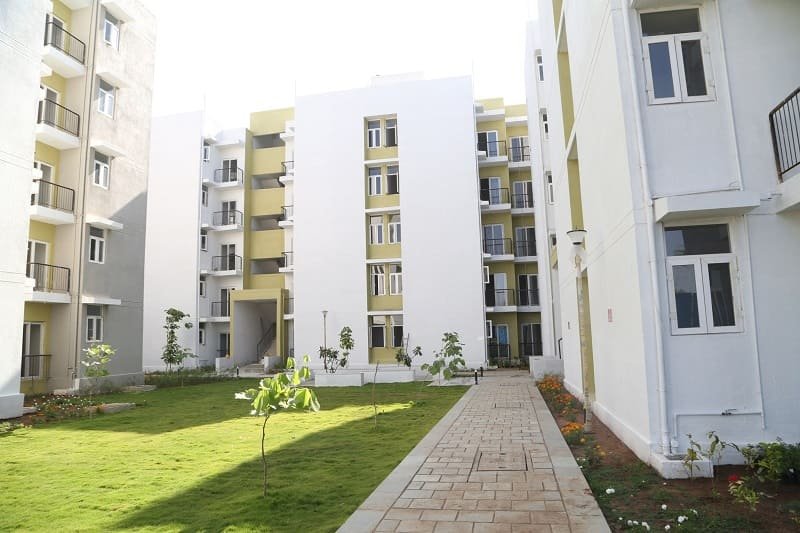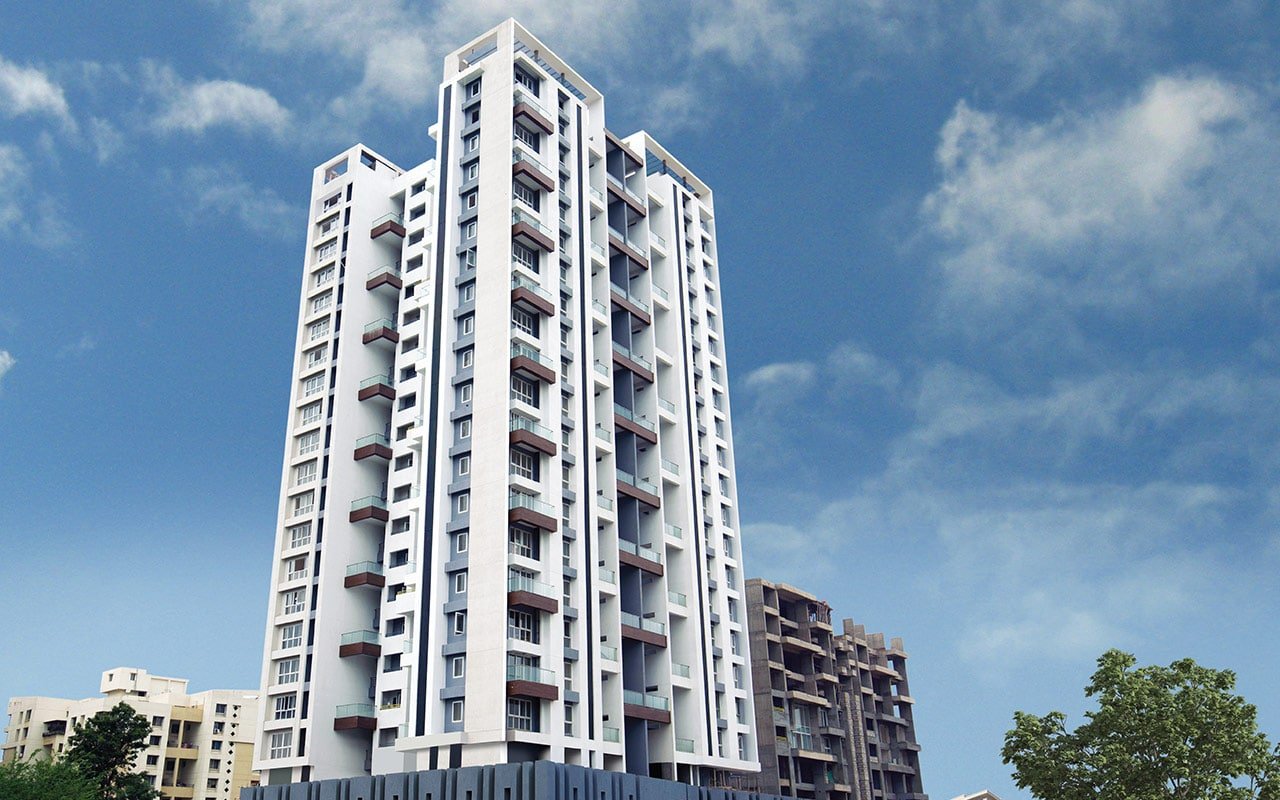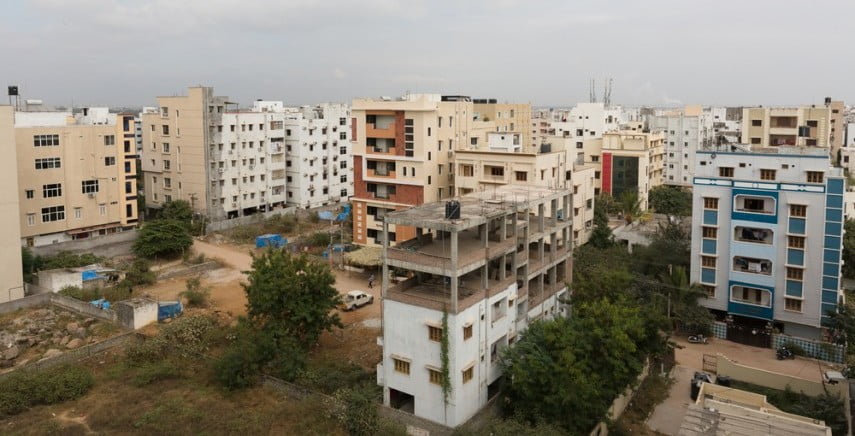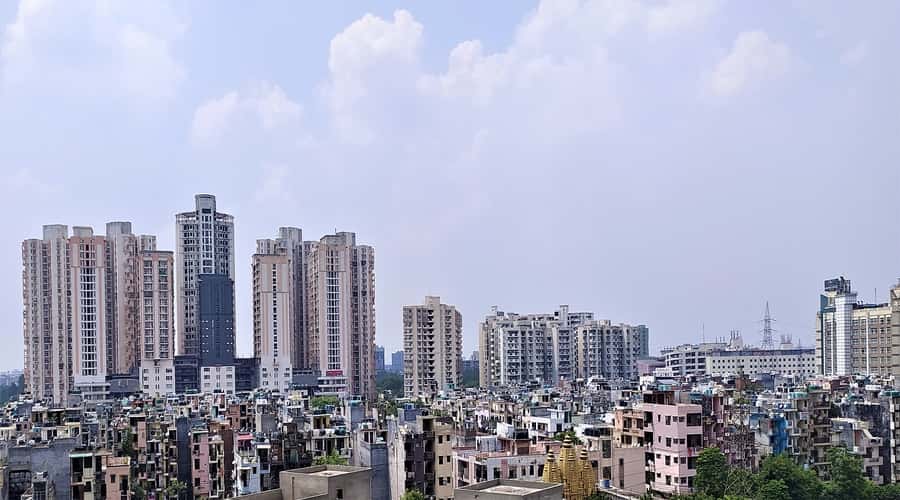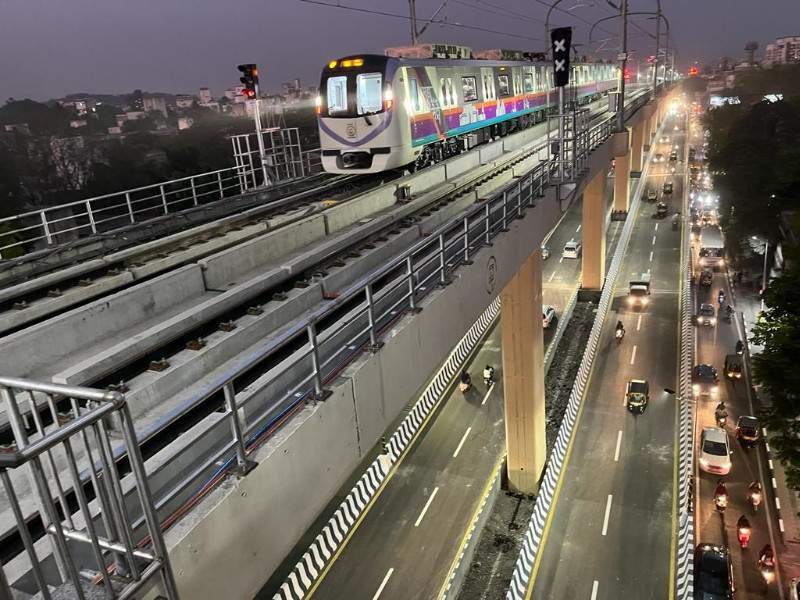The COVID-19 pandemic has had a profound impact on the global economy, and India has been no exception. The country has seen a significant increase in unemployment and a decrease in economic activity, which has made it even more difficult for low-income families to afford a home. The situation has become dire for many, as the shortage of affordable housing in India has been a long-standing problem, and the pandemic has only exacerbated it.
The government of India has taken several measures to address the affordable housing crisis, including the Pradhan Mantri Awas Yojana, which aims to provide housing for all by 2022. However, the pandemic has slowed the progress of this scheme, as well as other affordable housing projects, due to a lack of funding and a decrease in construction activity.
In addition to government initiatives, non-government organizations (NGOs) have also been working to provide affordable housing to those in need. Many NGOs have shifted their focus to providing emergency housing for people who have been affected by the pandemic, such as those who have lost their homes or been evicted due to a lack of income. They have also been working to provide financial assistance to low-income families who are struggling to pay their rent or mortgage.
However, despite these efforts, the need for affordable housing in India remains high. The pandemic has led to a significant increase in the number of people who are in need of housing assistance, and the supply of affordable homes is still not sufficient to meet this demand.
One of the biggest challenges facing the affordable housing market in India is the lack of funding. The decrease in economic activity caused by the pandemic has led to a decrease in government revenues, making it difficult for the government to fund affordable housing projects. Additionally, private developers are less likely to invest in affordable housing projects due to the lack of profitability.
Another challenge facing the affordable housing market in India is the lack of construction activity. The pandemic has led to a decrease in construction activity, as many workers have been unable to work due to lockdowns and quarantine measures. This has slowed the progress of affordable housing projects, and has also led to an increase in the cost of construction materials.
Despite these challenges, there are several solutions that can be implemented to address the affordable housing crisis in India. One solution is to increase the availability of microfinance for housing. Microfinance institutions in India are increasingly providing loans for housing, making it possible for low-income families to purchase or construct homes. Additionally, the government can partner with private developers to build affordable housing projects, which can help to increase the supply of affordable homes.
Another solution is to implement community-led housing, where communities come together to build and manage their own housing projects. This can help to ensure that homes are built to meet the needs of local residents. Additionally, upcycling and repurposing of existing buildings can provide a cost-effective solution for providing affordable housing in urban areas.
Finally, technology-enabled solutions such as 3D printing and modular construction techniques can be used to make the construction of affordable housing more efficient and cost-effective.
In conclusion, the COVID-19 pandemic has had a significant impact on the affordable housing crisis in India. The shortage of affordable housing was already a long-standing problem, and the pandemic has only exacerbated it. However, there are several solutions that can be implemented to address this crisis, including microfinance for housing, public-private partnerships, community-led housing, upcycling and repurposing of existing buildings, and technology-enabled solutions. It is important that the government, NGOs, and private
Also read out blog related Affordable housing schemes in Pune and Affordable housing in india.

